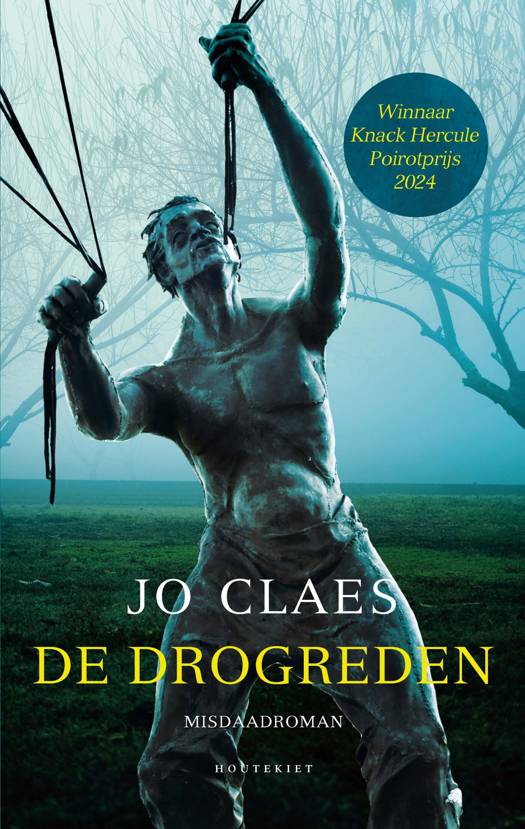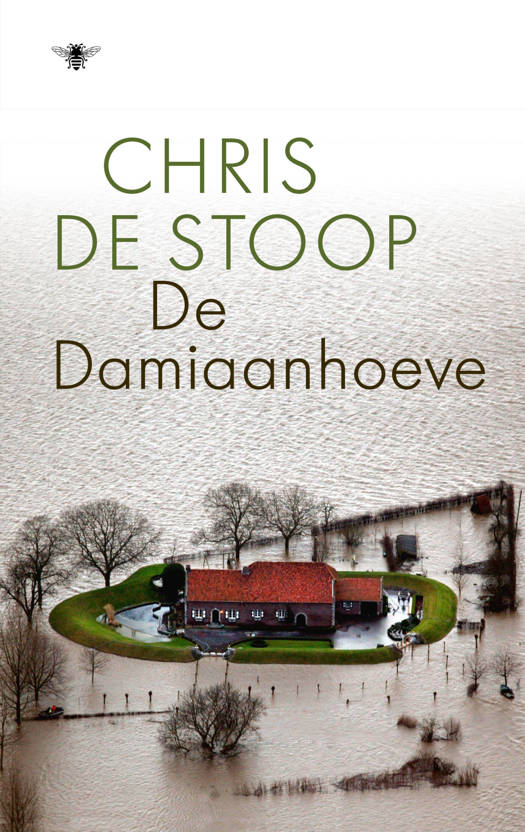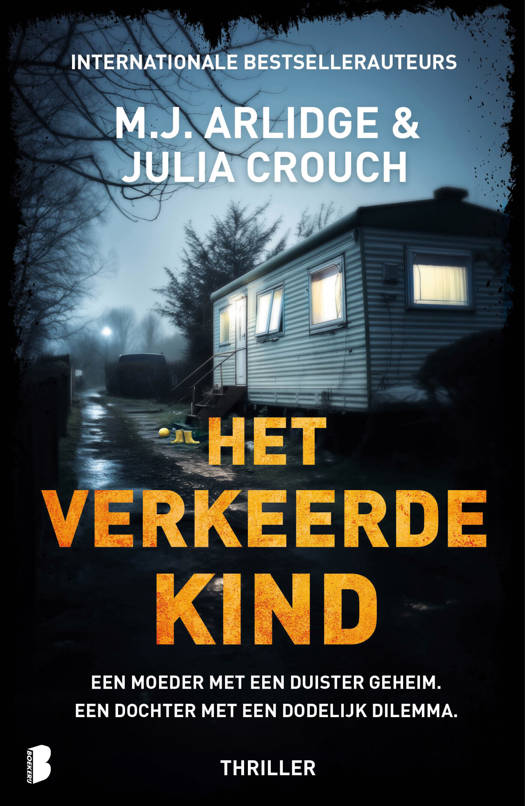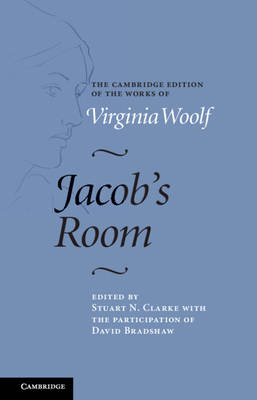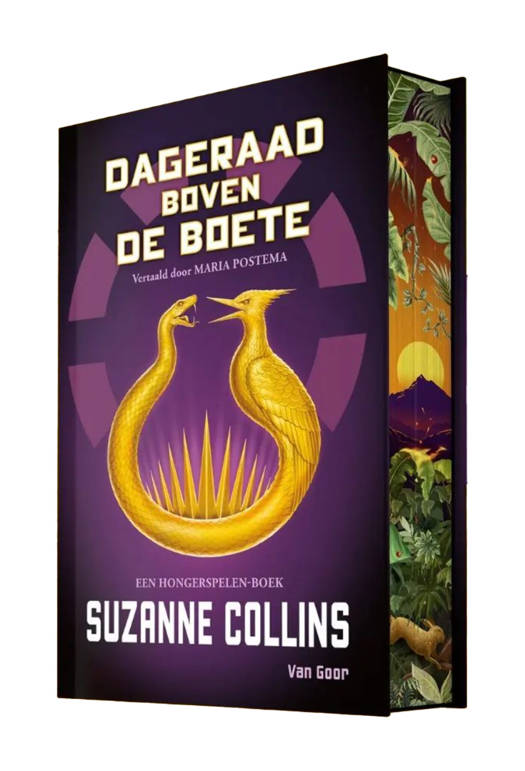
- Afhalen na 1 uur in een winkel met voorraad
- Gratis thuislevering in België vanaf € 30
- Ruim aanbod met 7 miljoen producten
- Afhalen na 1 uur in een winkel met voorraad
- Gratis thuislevering in België vanaf € 30
- Ruim aanbod met 7 miljoen producten
Zoeken
€ 257,95
+ 515 punten
Uitvoering
Omschrijving
Jacob's Room, Virginia Woolf's third novel, is short compared with its predecessor Night and Day. She said herself that she learnt what to leave out by putting it all in. Jacob's Room may be read as the simple story of a young man's life from childhood until his death in the First World War, but it is much more than that: it subtly indicts a society that instils obedience and celebrates militarism. Consequently, Jacob's death seems random yet inevitable. Extensive explanatory notes clarify the myriad passing allusions, which should lead to a reassessment of Jacob's Room as one of the great modernist masterpieces, taking its place with Ulysses and The Waste Land in the iconic year of 1922. The substantial introduction includes a detailed account of the novel's composition, publication, and early critical reception, together with chronologies of composition and of Woolf's life.
Specificaties
Betrokkenen
- Auteur(s):
- Uitgeverij:
Inhoud
- Aantal bladzijden:
- 926
- Taal:
- Engels
- Reeks:
Eigenschappen
- Productcode (EAN):
- 9780521846745
- Verschijningsdatum:
- 19/11/2020
- Uitvoering:
- Hardcover
- Formaat:
- Genaaid
- Afmetingen:
- 146 mm x 219 mm
- Gewicht:
- 1360 g
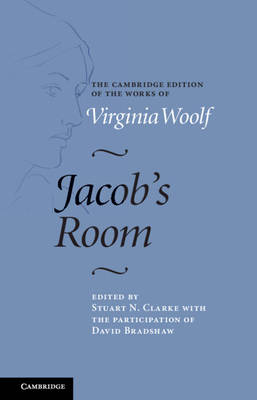
Alleen bij Standaard Boekhandel
+ 515 punten op je klantenkaart van Standaard Boekhandel
Beoordelingen
We publiceren alleen reviews die voldoen aan de voorwaarden voor reviews. Bekijk onze voorwaarden voor reviews.


